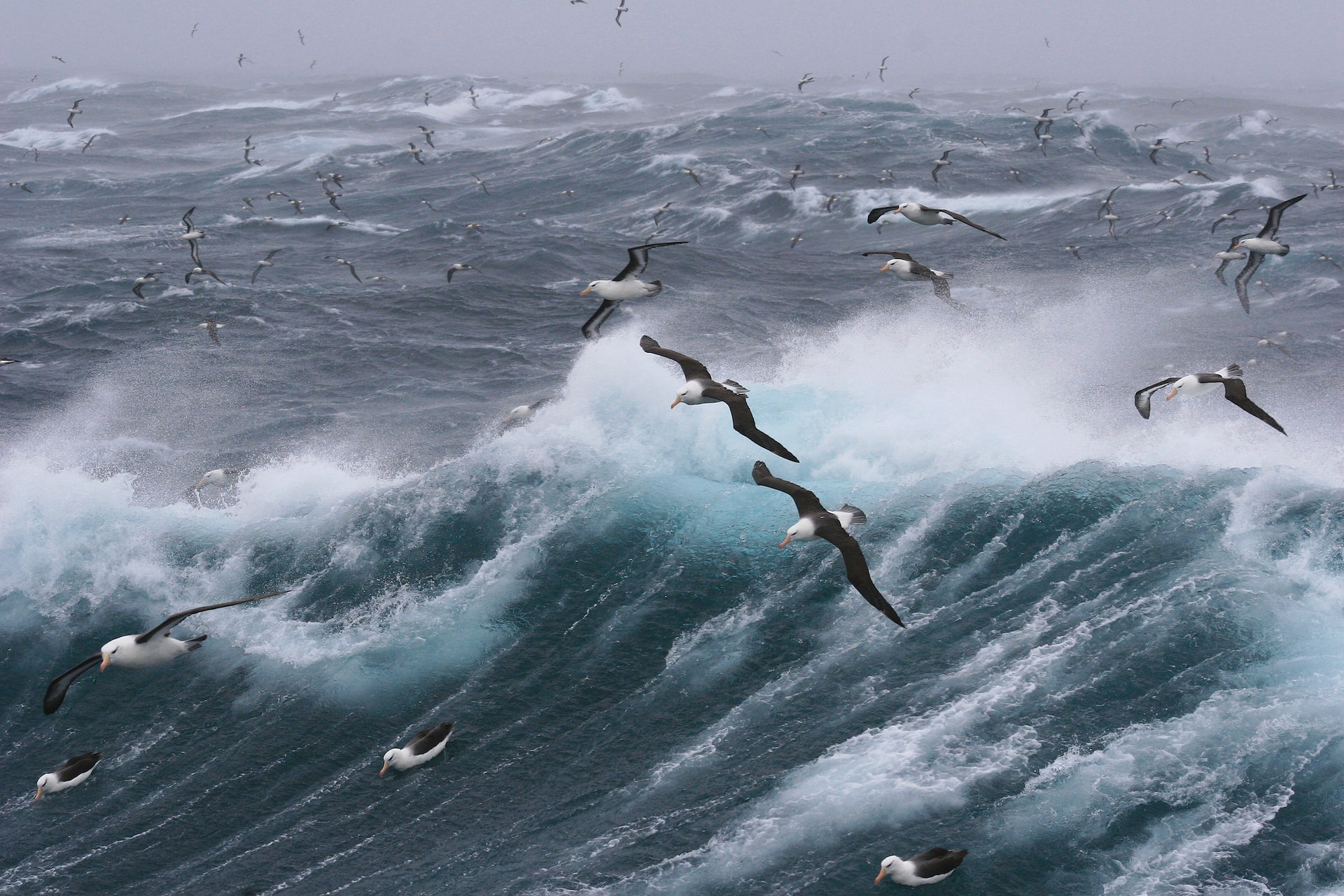After almost 20 years of talks, United Nations member states have agreed on a legal framework for parts of the ocean outside national boundaries
The legal framework covers the establishment of vast marine protected areas to protect against the loss of wildlife, and mechanisms to share genetic resources from the high seas. It will establish a conference of the parties (COP) that will meet periodically and enable member states to be held to account on issues such as governance and biodiversity.
The SMC asked experts to comment on the agreement.
Note: Our friends at the SMC Spain and the Australian SMC have also collated expert commentary on this topic.
Dr Becs Jarvis, Senior Lecturer, Department of Environmental Science, Auckland University of Technology, comments:
“After decades of hard work, and two weeks of intense negotiations, the United Nations High Seas Treaty has been agreed. The Treaty establishes a new agreement on the conservation and sustainable use of international waters – the high seas – which make up around two-thirds of our oceans. The future of these waters is critical for people and planet.
“However, the work is far from over. It will be important to keep an eye on how the agreement and associated pathways of implementation develop. Who gets to decide what conservation and sustainable use look like? Who gets to implement what where? Who stands to benefit the most, and who risks bearing any potential costs? Who will monitor and evaluate what is effective, acceptable, and equitable?
“The Treaty agreement is a historic moment. One many have worked incredibly hard to achieve, and one that holds great promise for the future of life in our oceans and the billions of people around the world who depend on them. It will be vital that as much careful consideration goes into the pathways of policy and implementation as the document itself to ensure the Treaty can truly deliver a sustainable and just ocean for all.”
No conflict of interest.
Professor Karen Scott, Faculty of Law, University of Canterbury, comments:
“This treaty will apply to the high seas (beyond the jurisdiction of states) and seeks to: (1) establish a regime for the fair and equitable sharing of the benefits arising from marine genetic resources (MGRs); (2) provide for area-based protection; (3) require environmental impact assessment processes for activities taking place on the high seas; and (4) support capacity building for developing states.
“The weakest part of the agreement appears, unsurprisingly to be in relation to the exploitation of MGRs. While the Treaty establishes rules on notification on activities relating to MGRs and a clearing house mechanism for sharing information, non-monetary benefits such as access to samples and digital sequence information is based on current international practice rather than on preferential terms as developed by the Treaty. The Treaty does, however, provide for sharing monetary benefits through annual contributions by developed country parties as part of an initial fund.
“Part III of the Treaty on area-based management tools gives Treaty institutions a broader mandate to establish protected areas than many were expecting. Any party can propose the establishment of an MPA on the high seas and, after consultation with affected states, international bodies, stakeholders, scientists and Indigenous Peoples, facilitated by the Treaty Secretariat, the Conference of the Parties can decide to establish the MPA and make recommendations as to appropriate measures to parties. Such area-based measures must not undermine existing bodies (such as regional fisheries management organisations and regional seas organisations) but can support existing measures under those bodies. The Treaty does not establish a target for MPA coverage but will support existing targets such as 2022 30×30 pledge.
“Activities planned for the high seas with a more than minor or transitory effect must be subject to a screening process to determine likely impacts and, if they are determined to have a significant or harmful effect they are subject to an environmental impact assessment (EIA).
“EIAs must be made public through a clearing house mechanism although it is the state carrying out the activity that makes a decision as to whether and on what terms it goes ahead. Activities that are covered by other regimes that have assessed their likely environmental impacts are not required to have an EIA. The Treaty also provides for strategic environmental assessment that allows parties to assesses broader plans and programs in the high seas for environmental impacts.
“The Treaty establishes key institutions including a conference of the parties, secretariat and scientific advisory body. Implementation largely depends on individual state parties although the emphasis of the treaty on information sharing should allow for a level of scrutiny. The Treaty provides for a facilitative compliance mechanism and for dispute resolution.”
No conflict of interest.
